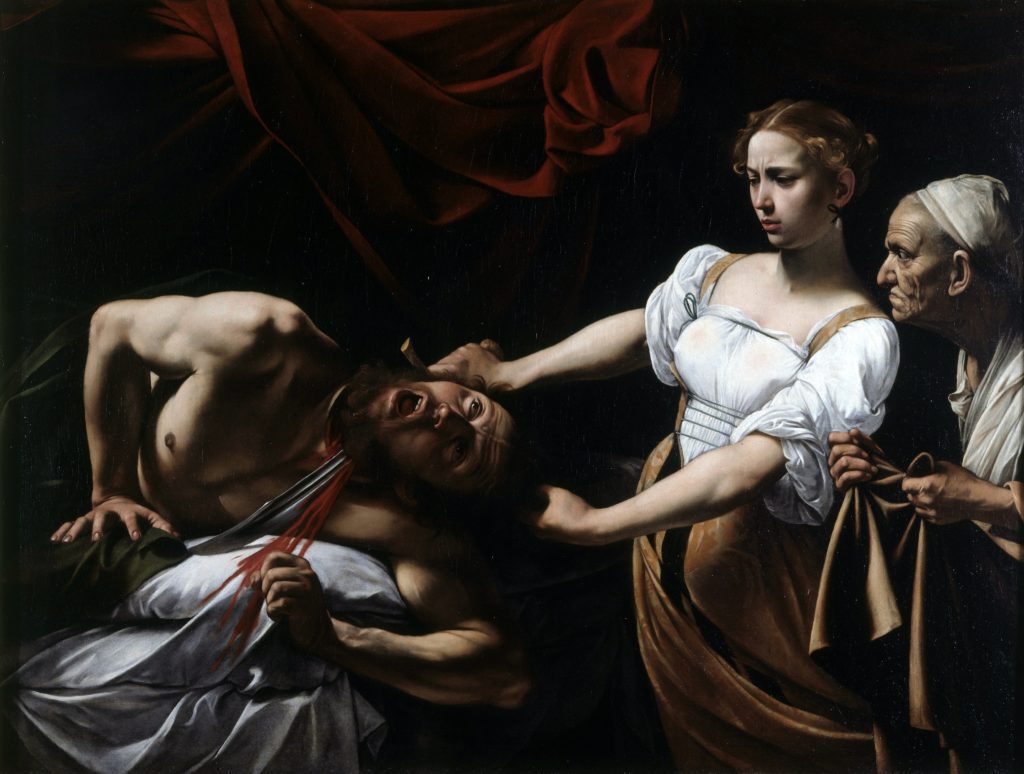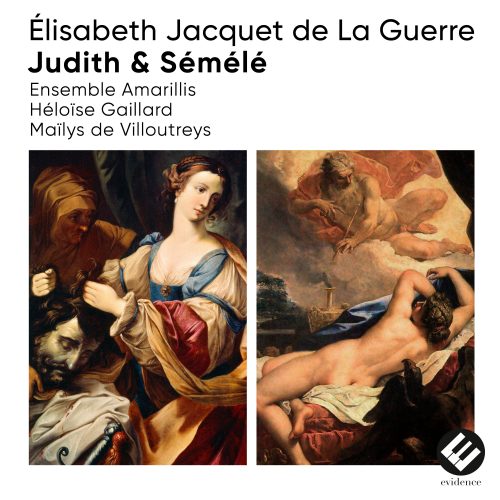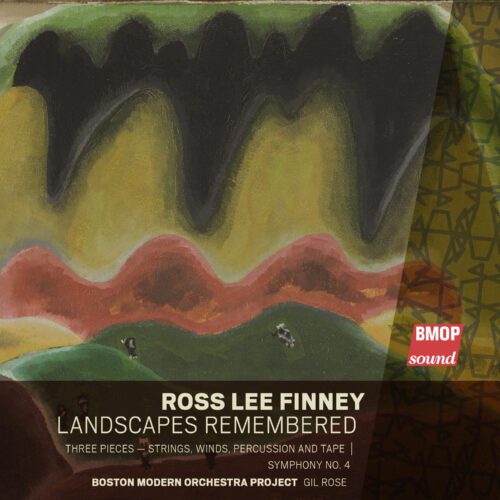In an eminently masculinist century, the professional and personal success of Élisabeth Jacquet de La Guerre, who was also admired and protected by Louis XIV, is an achievement that should not be forgotten. An extraordinary talent, a sort of Mozart before her time, and a female one at that, that we never stop rediscovering. The Amarillis ensemble under the direction of Héloïse Gaillard does the composer full justice with these lively and exciting readings of two cantatas and two instrumental pieces.
The first woman to have a tragedy performed at the Académie royale in 1694, Élisabeth Jacquet de La Guerre composed a great deal for the harpsichord (her favorite instrument), but also made forays into music for small ensembles and cantatas. She exercised her talents in dramatic music on the basis of the manner of François Couperin’s ”Goûts réunis” (an assertive, sometimes frowned upon, a mixture of French and Italian styles of the time).
It is no coincidence that the two cantatas on the programme here present two strong female characters. Judith recounts the episode in the Bible where the young widow, in order to defend her city, Bethulia, against the army of Holofernes, decides to go to the latter’s house to kill him in order to deliver her people, to whom she triumphantly presents the head of the tyrant. This episode has inspired many artists. The bloody murder of Holofernes and the carnal temptation with which Judith tricks the villain of the story is elegantly translated into music, although in all sorts of small subtleties making one feel the intensity of the moments staged by the score.mis en scène par la partition.

Semele is a figure from ancient mythology. In a relationship with the god Jupiter, Semele asks him to present himself to her in all his true divine splendor, and not in a human disguise. Jupiter warns her that no mortal can survive this kind of vision, but at the insistence of his beloved, Jupiter agrees to her request and, as expected, she dies instantly, struck by the divine light. You wanted it? You got it! Jacquet de La Guerre dares to use some instrumental jumble, avant-garde for its time, to describe the scene. Daring, certainly, but the composer knew how to do it and above all how to integrate her audacity into a temperate framework that managed to astonish the listeners of the time (including King Louis XIV) without frightening or shocking them. Jacquet de La Guerre was not only talented but also remarkably skillful and ‘diplomatic’ in the use of her vast and bubbling talent. In a century when it was not possible to make a living from one’s musical pen without the consent of a benefactor, one had to be careful. The advantage with this genial composer is that this imposed restraint did not turn into conformist laziness. Just well-framed outbursts of surprises.
Jacquet de La Guerre wrote at least a dozen cantatas in the genre. Please, give us more!
























